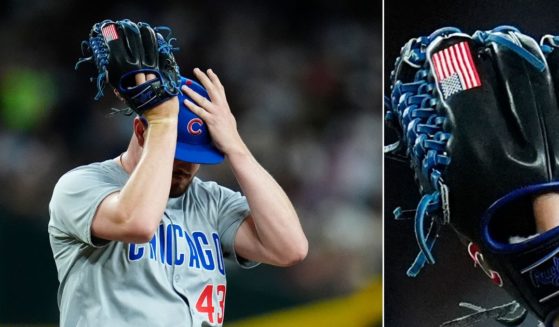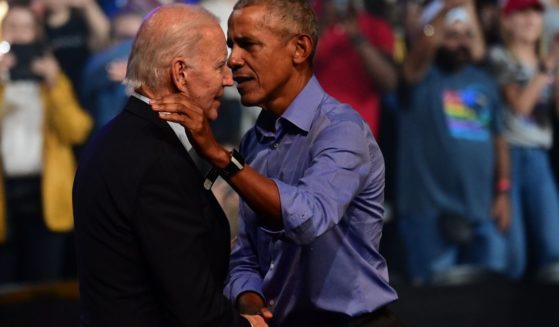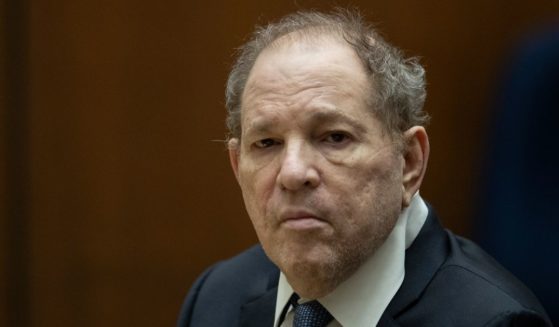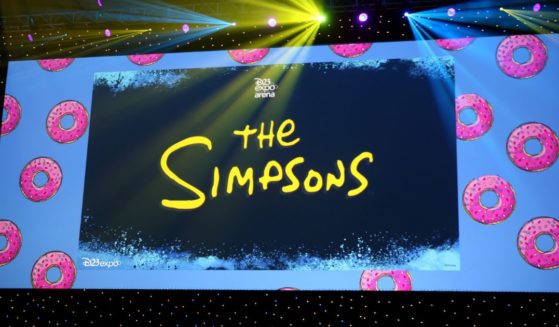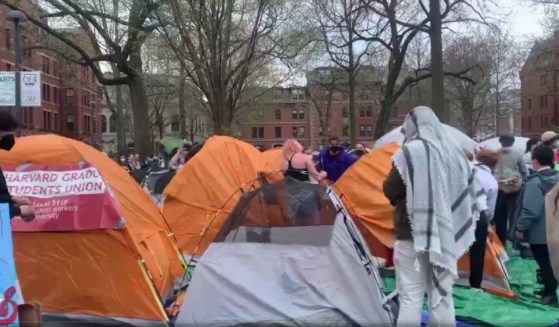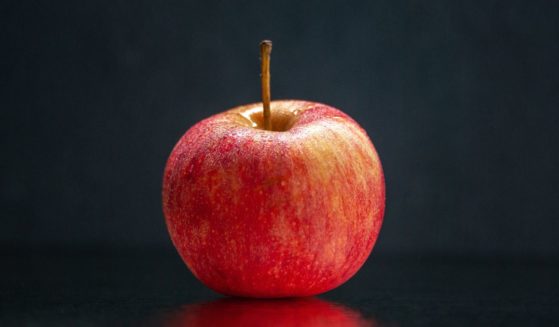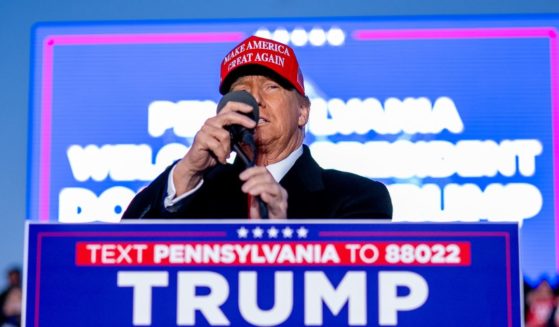Controversy Hits Pro Golf as Video Seems To Show 2 Players Conspiring To Break the Rules
In criminal law, the concept of mens rea (from the Latin meaning “guilty mind”) is often the difference between an accident or an honest mistake and a crime.
And on the 18th hole at the Honda LPGA Thailand on Friday, a case of “backstopping” may have been differentiated from an accidental collision between two golf balls in similar fashion, the mens rea defined by a fist bump.
But first, a bit of background, as it behooves us to know what backstopping is before we can discuss it.
Jake Harp, The Wildcard’s golf expert, explains it this way:
“‘Backstopping’ has been a hot topic in the golf world for a couple years. It’s when a Player 1 intentionally doesn’t mark her ball on the green before Player 2 chips on, if it’s in a position where on the off chance that the two balls collide it will help Player 2 ( i.e., just behind the hole). If the balls collide, Player 1 is allowed to return hers to its original position and Player 2 gets to leave hers where it ends up.”
This, of course, is far more advantageous than potentially hitting the ball, having it bounce up and over the hole, and then being stuck with a more difficult next shot, all at no risk to the other player in terms of having a more difficult shot themselves.
And the rules of golf, specifically Rule 15.3a, address exactly this point, and that mens rea legal concept is explicitly baked into the rule. Via Golfweek:
“In stroke play, under Rule 15.3a, if two or more players agree to leave a ball in place on the putting green to help any player, and the stroke is made with the helping ball left in place, each player who made the agreement gets two penalty strokes. A breach of Rule 15.3a does not depend on whether the players know that such an agreement is not allowed.
“For example, in stroke play, before playing from just off the putting green, a player asks another player to leave his or her ball that is near the hole, in order to use it as a backstop. Without knowing this is not allowed, the other player agrees to leave his or her ball by the hole to help the other player. Once the stroke is made with the ball in place, both players get the penalty under Rule 15.3a.”
Now, granted, no player would be so foolish as to write a check to the muggers, so to speak, saying outright, “Can you leave your ball there so I can break this rule?”
This is why backstopping is an unwritten agreement between players, one of those things that some golfers do and as long as they’re quiet about it, it’s just part of the game.
But when you acknowledge that with a fist bump? That’s … well, that’s pushing it.
@GeoffShac @MichaelClayto15 @LPGA @the_fried_egg @BoysBackstop @johnhuggan
At least the fist bump shows you have zero care for the integrity for the rest of the field. #Cheating pic.twitter.com/ShfweJiQ0b
— Duncan French (@Teamfrench23) February 22, 2019
The LPGA decided not to penalize either Amy Olson, who hit the chip shot onto the green that collided with the ball, or Ariya Jutanugarn, who’d hit the first shot and not marked her ball, Golfweek reported.
It ruled that there wasn’t the level of collusion required to invoke Rule 15.3a, considering an after-the-fact fist bump to be less evidence of intentional cheating and more a simple natural reaction of “thanks for the assist” after a shot that could have gone far from the hole was instead a relative gimme of a putt to save par.
As some people pointed out in reacting to the tweet above, if Olson could aim for a ball on the green and hit it reliably, why couldn’t she then just simply aim for the pin and hole out the shot?
The implication there is that it’s awfully difficult to establish intentional backstopping when the odds of such a thing occurring even by accident are, in the wide open world of the sport of golf, vanishingly small.
You couldn’t intentionally hit a spot the size of a golf ball twice in a row if you tried except by dumb luck. The best you can achieve is a tight group.
So why would you risk a two-shot penalty and even a potential disqualification by outright calling out the rules violation?
The fist bump was bad form, sure. But the LPGA saw the celebration for what it appeared to be, namely a player who just had a potential disaster of a chip turned into the best possible result short of getting the ball into the hole taking a moment to be happy about it.
If golf, whether men’s or women’s, professional or amateur, wants to prevent backstopping, it should be requiring all players to mark their balls before the next person hits his or her shot and assessing a two-stroke penalty for breaking that rule.
But then again, we just saw J.B. Holmes act like a human rain delay at a PGA event. At least Olson is speeding up the game, and there are plenty of good reasons not to discourage that.
Truth and Accuracy
We are committed to truth and accuracy in all of our journalism. Read our editorial standards.

